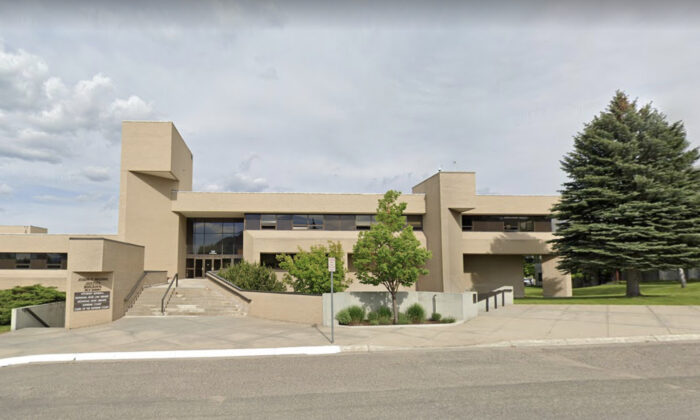
The cracks in the labour market in Las Vegas and across Nevada have typically appeared early and widened fast when the US economy soured, making the consumer-driven city and state a bellwether of sorts for the rest of the country. By that measure, as the Federal Reserve heads towards a momentous shift to interest rate cuts this week, business owners, labour leaders, and economists in Nevada see few obvious signs of trouble. Indeed, in a state critical to the outcome of a US presidential election in November that may well turn on pocketbook issues, they see plenty of evidence of an economy moving beyond high inflation without an employment-crushing recession: The Fed’s longed-for “soft landing.
” At a glance, Nevada’s 5.4 per cent unemployment rate, which is the highest among the 50 states and more than a percentage point above the national rate, might call such confidence into question. But that’s roughly where joblessness has been for nearly three years in this southwestern state with little indication of breaking higher as it often has heading into periods of national economic turbulence.

Whether it’s the steady arrival of guests eager to drop some discretionary income at the state’s more than 200 casinos or a recent surge of construction hiring, “the economy is doing well, visitation is up, profits are up, and growth is up,” said Ted Papageorge, the secretary-treasurer of the influential Culinary Workers Union, which represents 60,000 workers in Las Vegas and Reno casinos, hotels and restaurants. “We’ve been able to negotiate the best contracts we’ve ever gotten” over the last two years, he said, including adding one longtime holdout, the Venetian, to the list of Las Vegas Strip casinos represented by the union, a sign of the industry’s overall positive outlook. Cuts coming The Fed’s two-day meeting this week will mark a turning point in US monetary policy, as it begins cutting borrowing costs after the last of a run of rapid rate hikes that raised its benchmark overnight interest rate to the 5.
25 per cent-5.50 per cent range, a quarter-of-a-century high. Analysts expect the US central bank will begin its easing cycle on Wednesday with a quarter-percentage-point move, though markets are pricing in a good chance it could be a half-percentage-point cut to prevent further labour market softening.
Updated economic projections that will be released alongside the Fed’s policy statement will show how much further policymakers anticipate reducing rates this year and in 2025 as they try to steer from restrictive financial conditions and towards more neutral ones. Those projections will in turn influence what consumers and companies pay to borrow money for buying a home or auto, investing in a business or making credit card purchases. With inflation now running just about half a percentage point above the Fed’s 2 per cent target, the pace and extent of the rate cuts will hinge heavily on how officials assess the risks to a job market that has defied predictions for a major crack-up from tight Fed policy and the economic slowdown that was expected to follow.
The dynamics in Nevada show why the labour market has been so difficult for the Fed to read, and why even a rising national unemployment rate, last at 4.2 per cent versus half-century lows of 3.4 per cent last year, is not necessarily seen as a sign of underlying weakness.
Month-to-month job creation has slowed after the frenetic pace of reopening following the Coivd-19 pandemic, but recent numbers are more in line with what the US central bank feels is consistent with its 2 per cent inflation target - a “normalization,” as the Fed calls it, not a crash. Other measures of the labour market, such as ongoing claims for unemployment and layoff rates, have returned to levels seen just before the pandemic and have barely budged in recent months. Against that backdrop, the number of people looking for work has steadily risen - a largely healthy sign that can lead to a rising unemployment rate if businesses continue hiring, just at a slower pace.
Topping the charts “I’ve been waiting. Is a shoe going to drop? We haven’t seen it.”.














